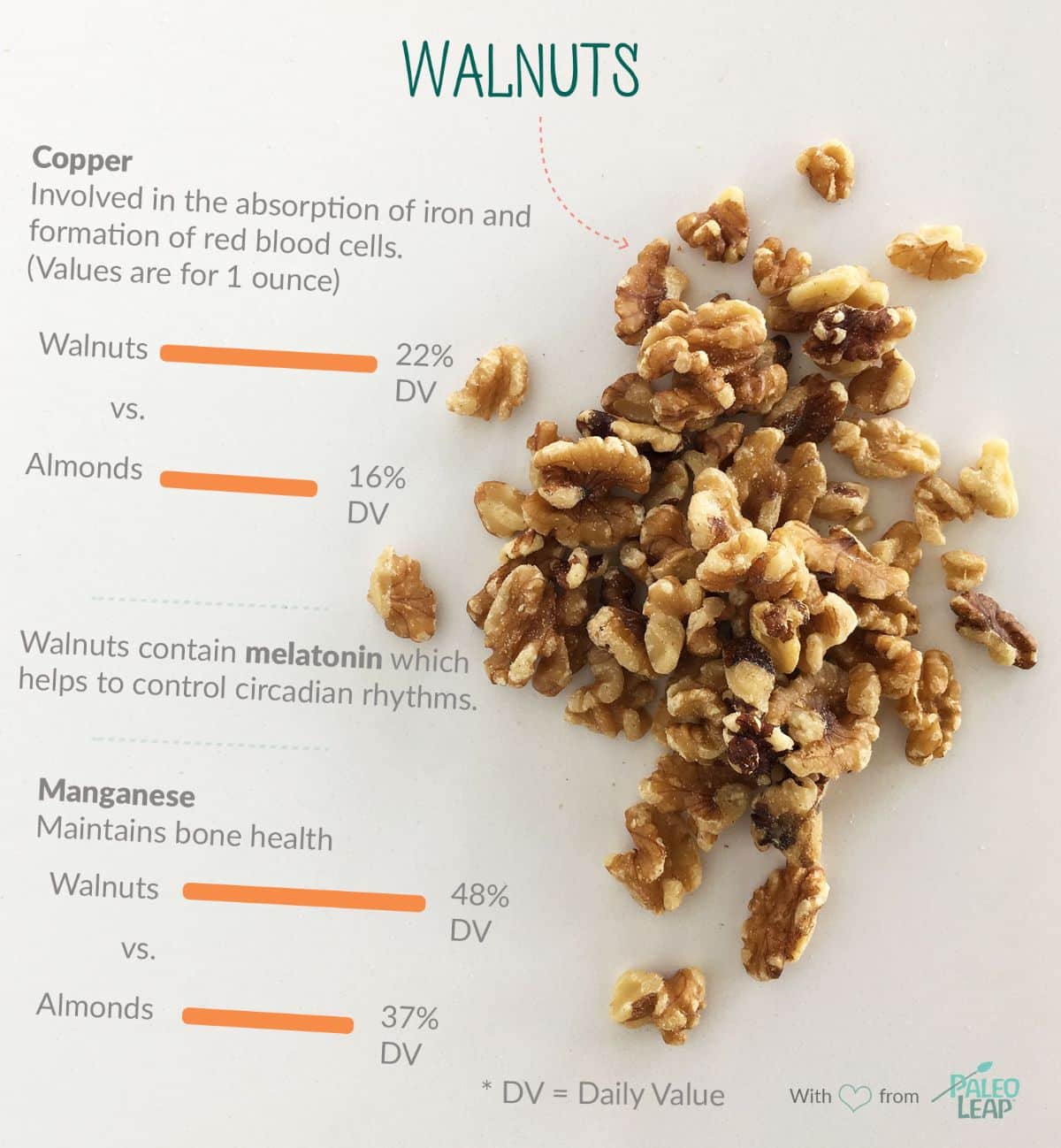
Compared to other nuts, walnuts contain a large amount of the omega-3 fat alpha-linoleic acid (ALA). However, it's important to remember that ALA (found in plants, nuts and seeds) can be converted to EPA and DHA (a form our body can use), but the process is inefficient. Seafood is a better choice to obtain Omega-3 fatty acids.
Walnuts are an excellent source of fat to keep us full and satiated. They're also a good source of vitamins and minerals including copper, manganese, magnesium and B vitamins.
A study showed walnuts increased blood levels of melatonin in rats. When fed walnuts, the blood level of melatonin increased to 3.5 nanograms of melatonin per gram. Typical melatonin supplements contain between 0.5 and 5 milligrams. Melatonin is a hormone that helps to regulate circadian rhythms.
Nutrition Details
*There is currently no %DV for choline.
 Macros in Context
Macros in Context
Here's how 1 ounce of walnuts stacks up in the context of a typical Paleo meal:
Blue bars show the typical range in grams for a Paleo meal. For example, a Paleo meal usually includes 30-60 grams of fat, but where you personally fall in that range will depend on your preference.
Orange dots show how 1 ounce of walnuts fit into the typical nutrient profile of a Paleo meal.
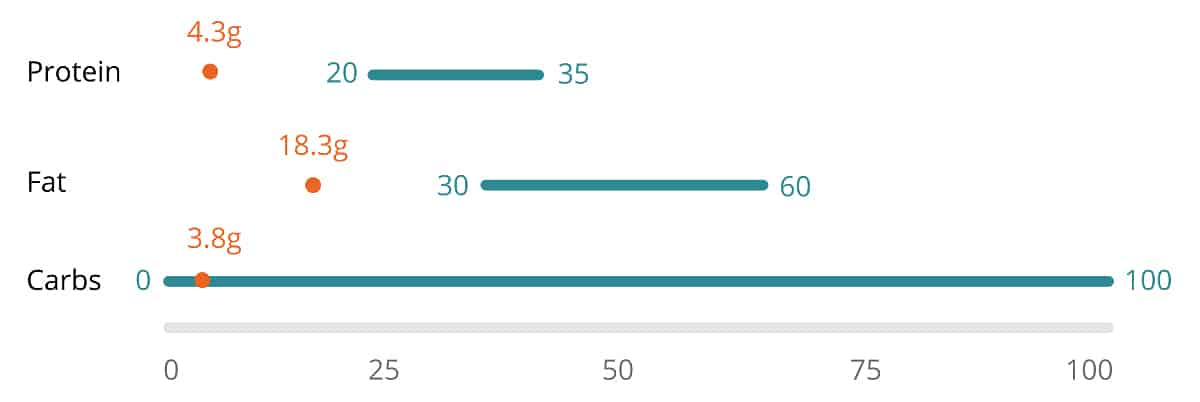
 Buy It
Buy It
- SEASON: Walnuts are harvested in the fall months, late August through early October.
- STORAGE: Due to their high polyunsaturated fat content and fragility, walnuts are best stored in an airtight container in a cool, dark place.
- ALLERGEN: Walnuts are classified as a tree nut; tree nuts are a common allergenic food.
 Cook It
Cook It
SOAK
Soak walnuts in water with a dash of sea salt for 4 hours, then dehydrate for 12-24 hours to reduce the phytic acid.
CHOP
Chop walnuts and add to a green salad or top a roasted vegetable.
SAUCE
Use walnuts instead of pine puts in a pesto.
OVEN
Finely chop or process walnuts and coat salmon, pork or chicken for a walnut-crusted dish.
 Recipe Ideas
Recipe Ideas
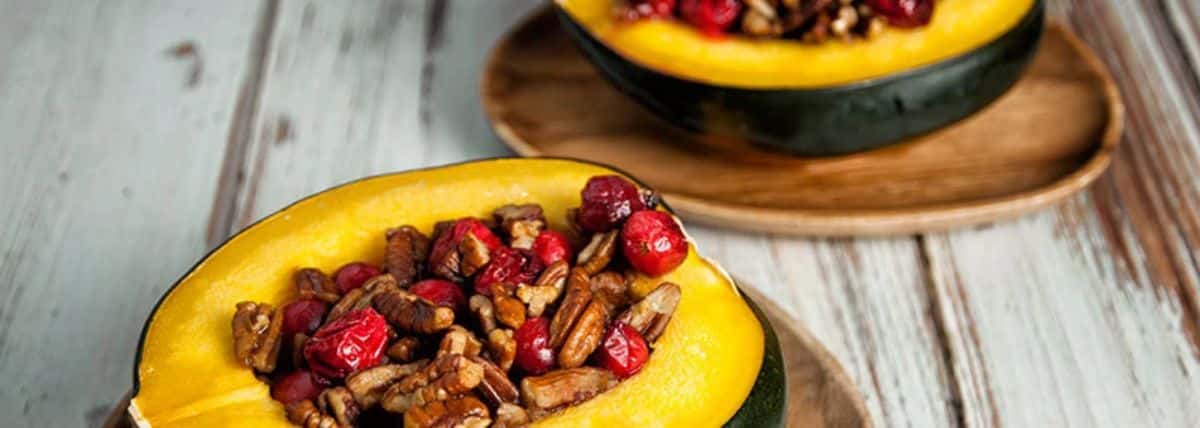
Acorn Squash with Walnuts & Cranberries
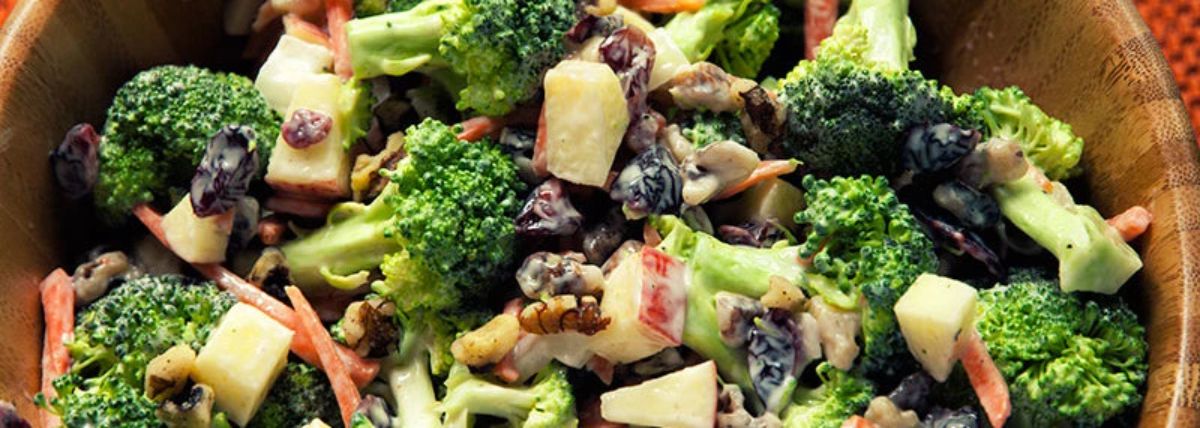
Broccoli and Apple Salad with Walnuts
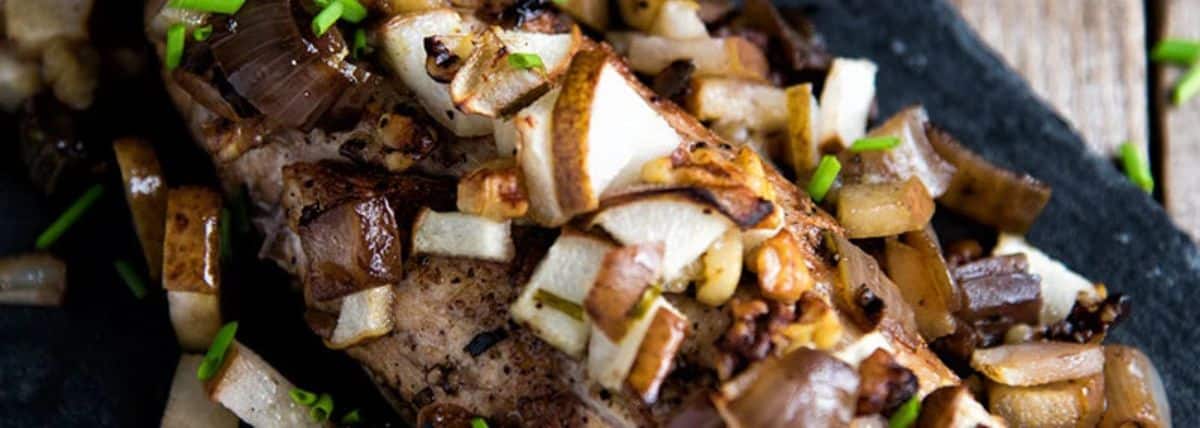
Pork Tenderloin With Warm Pear Salsa
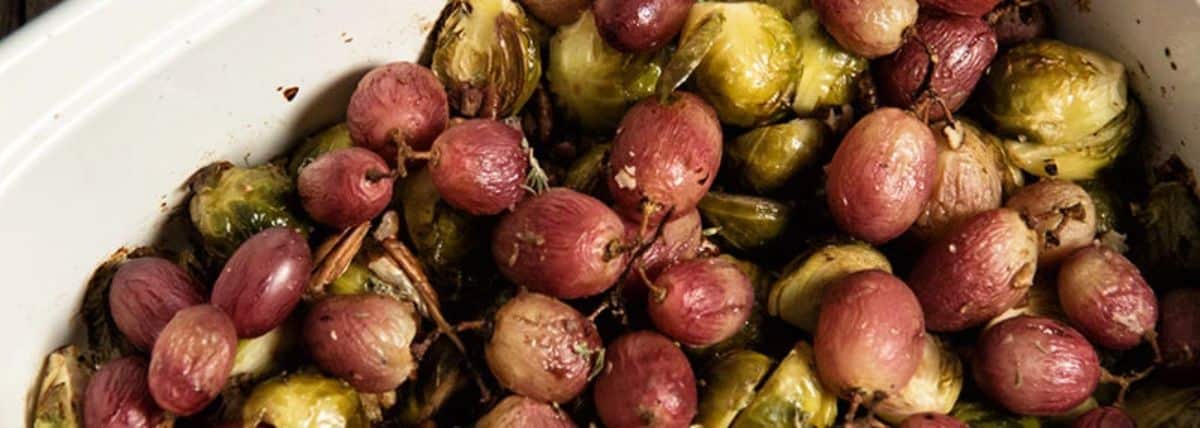





Leave a Reply